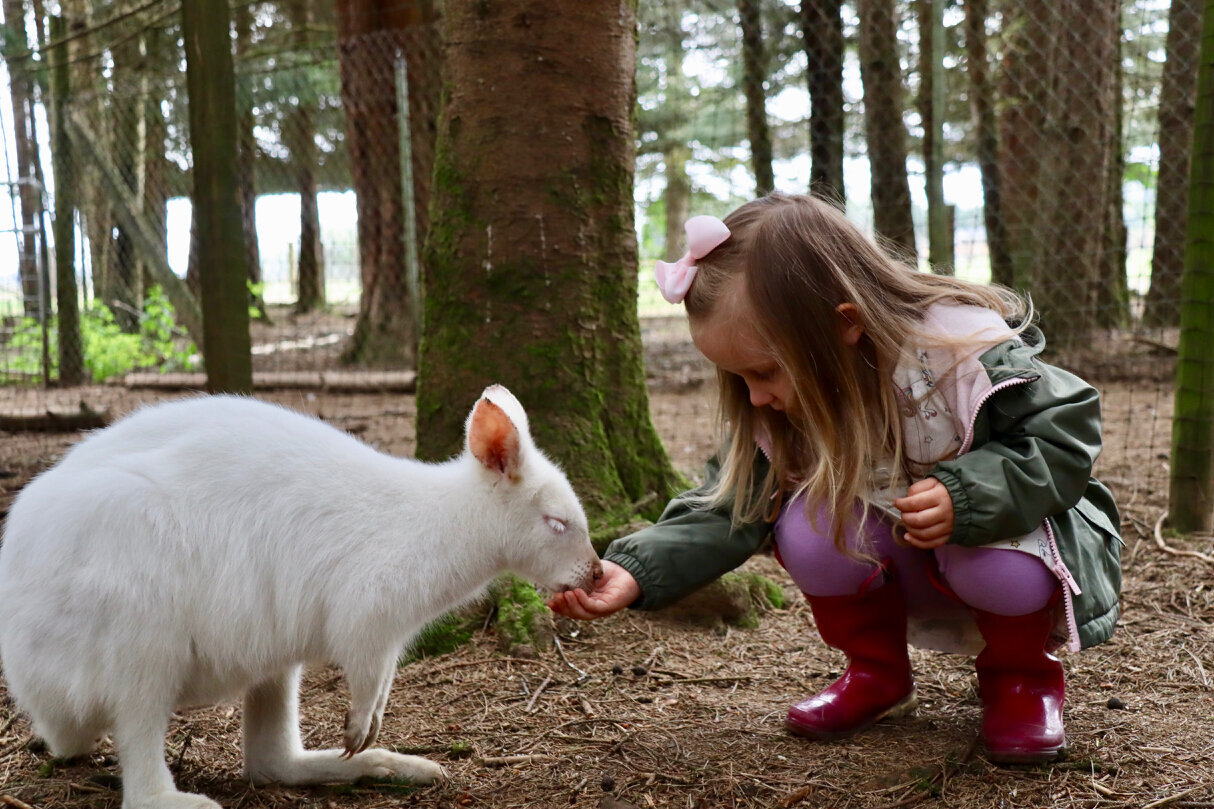Everett Archives: A Natural History of the Snohomish River Delta
All images courtesy of Richard Porter.
Though often overlooked, Everett is a city benefitted by the Snohomish River. It’s much more than something you drive over on your way out of town.
The Snohomish River Delta is a dynamic ecosystem filled with a variety of species, including heron, bald eagles, harbor seals (which travel surprisingly far upriver), kingfishers, cormorants, beavers, red-winged blackbirds and osprey. In fact, there are over 350 known bird species in this estuary!
Everett has four municipal parks that offer residents and visitors access to this fantastic ecosystem. Langus, Lowell, Rotary, and Spencer Parks are all worth putting on your to-do list while visiting Everett. These parks all have walking paths near bodies of water, boat launches, and clear views of mountains like Pilchuck and Baker.
Though it abuts the city and hems it in, the Snohomish River Estuary is a self-contained world unto itself.
Saltwater and freshwater mix in tidal currents, muddy islands, and grassy sloughs. This estuary helps to filter and clean water before it enters Possession Sound (this is especially evident in the Lowell Neighborhood, where a system of channels cleans runoff water from Interstate 5). Estuaries also help to calm flood water, acting as an outlet for sudden surges in rainfall.
The far-reaching effects of this ecosystem are vital to the Puget Sound Basin, and even beyond. The mouth of the Snohomish River is prime habitat for ghost shrimp, which like to burrow in shallow mud and beds of eelgrass. These shrimp are a favorite delicacy of grey whales, which swim all the way from Mexico every year to feast on the shrimp at the mouth of the Snohomish River.
Early white settlers changed the landscape of the river delta by diking and damming the estuary, creating dry land for agriculture. This farmland was quite fertile, as it was composed of layers of decomposed plant matter. But, in altering the natural habitat, these settlers set off a chain of unfortunate events, the effects of which still influence the estuary ecosystem today.
Farmers introduced invasive species to the land. You can still find apple trees scattered randomly in the grassy islands of the estuary. Knotweed and Scotch Broom began to line the waterways. Well-meaning engineers introduced non-native tidal grasses to build the banks of channels and prevent erosion. These grasses ended up outcompeting native varieties.
In recent years, county and tribal authorities have begun restoration work in the Delta to restore the wetlands. The Qwuloot Estuary Restoration Project, funded by the Tulalip Tribes, is a perfect example of this rehabilitation effort. Dikes have been removed, allowing for tidal flooding for the benefit of local salmon populations. Engineers have reintroduced woody debris that helps to protect salmon with shade, and regulate floodwaters. (You can see some of this work across the flats, right before you get to Marysville).
Next time you’re out exploring the wonderful and marshy mirror-world of the estuary, just remember that where you’re walking is a sacred ecosystem, worth your attention and respect. The natural history here makes Everett a wonderful and photogenic place to live.
Thanks for reading! Don't forget to subscribe to our monthly newsletter to stay up to date with community news and real estate tips.
You can head back to the main Lamoureux Real Estate website here.








